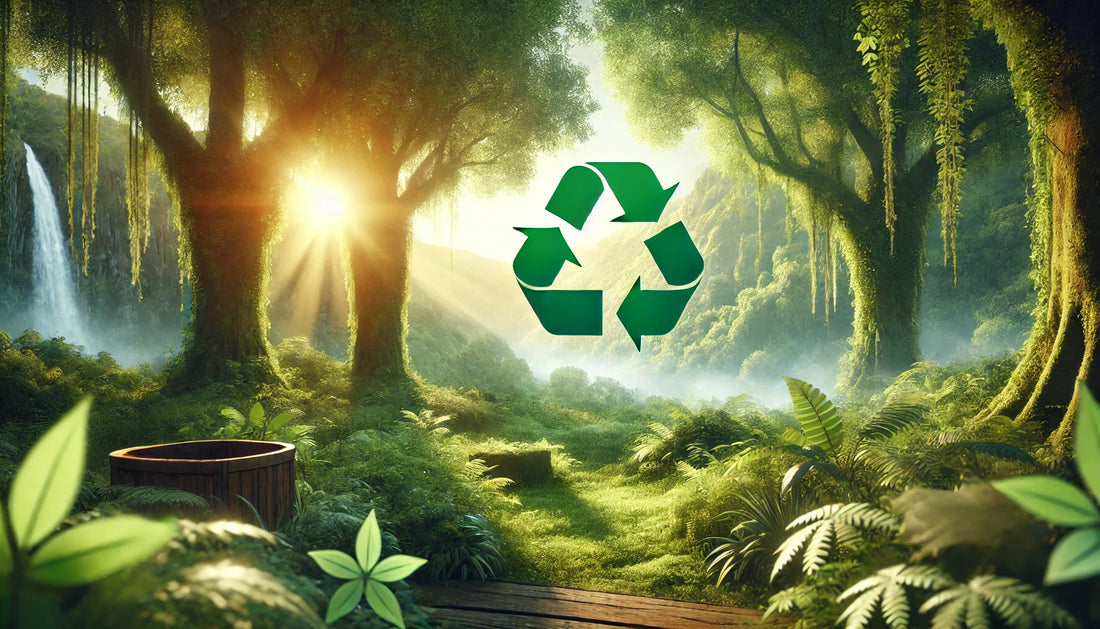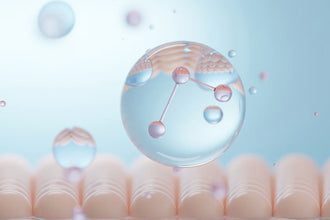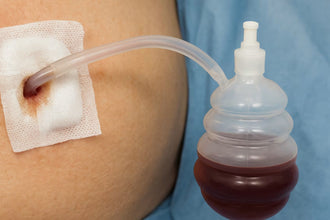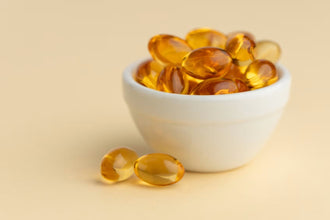
The Environmental and Health Safety of Silicone Gel Products
Silicone gel items are key in skincare and treatment of surgical scars. While it's known that they help lessen scars, we should also look into their safety for our health and the environment. This article will dig deep into how safe silicone gel products are for both us and our surroundings, offering a detailed rundown to highlight how they can be used responsibly.
Understanding Silicone Gel
What is Silicone Gel Made of?
Well, silicone gel is made from repeating bits of siloxane (which has silicon, oxygen, carbon, and hydrogen). It's found in many body care products because it's flexible, acts as a good filter (letting water vapor pass through, for instance) for your skin while being tough as well, boasting good defensive properties. Sheets or creams with silicone gel are clinically proven to help reduce scars' appearance.
How Does It Work?
Inside these silicone gel products are long strings of polysiloxanes (which are a kind of silicone polymer). When put on the skin, they form a breathable layer that moves easily when you do yet helps keep moisture locked under your skin, promoting a better healing process without redness. These can mostly be seen:
- After surgeries to handle scarring
- In treating keloids and hypertrophic scars
- To lessen signs of stretch marks

The Environment and Silicone Gel Products
| Factor | Description |
|---|---|
| Source Material | Derived from silica, a naturally abundant element. |
| Energy Consumption | Production requires significant energy but is offset by the long lifespan and durability of silicone products. |
| Durability | High durability reduces the frequency of replacement, leading to less environmental waste. |
| Recyclability | Silicone is not biodegradable but can be recycled to create new products, reducing overall environmental footprint. |
| Comparison with Other Materials | Compared to plastics and synthetic chemicals used in healthcare and beauty products, silicone has a smaller negative impact on the environment due to its longevity. |
Making and Life Span
When we talk about how silicone gel products affect the environment, it starts from how they are made. Silicone comes from a natural thing called silica that's easy to find. Getting and transforming silica into silicone does require energy, of course. However, because these items last a long time and don't easily get damaged, this makes up for their initial effect on our environment.
Breaking Down and Reusing
Silicone can't be naturally broken down which creates worry when looking at throwing away these products. On the plus side though, silicone can be used again to make new things! This lessens its overall mark on the world we live in. Following the right ways of getting rid of them or recycling is key to keeping our impact in check.
Comparing Environmental Marks
If you look at other materials used like plastics or certain artificial chemicals, especially in healthcare or beauty products, silicone products tend to have much smaller negative impact on our planet. The fact that they're durable means replacing them isn't needed as often so there's less waste generated by such replacements. Plus, with rapid progress happening around recycling, rescuing old silicon-based goods for newer ones becomes easier, hence pushing up silicon’s green score further.

Safe Use of Silicone Gel Goods
Friendly to the Body and Harmless
What's notable about silicone gel goods is their trait of being non-hostile with the body, or biocompatible. Silicone doesn't stir trouble with our body tissues as it remains inactive or inert; thus, it's harmless when applied on our skin. This quality becomes vital for items that directly come into contact with wounds and scars.
Skin Sensitivities and Allergies
These silicone gel items are extremely unlikely to trigger an allergic response. This makes them a good choice for people with sensitive skin or those exposed frequently to allergies. However, it always makes sense to do a small test run before starting to apply any new product extensively.
Tried and Tested
Various scientific experiments have proven how efficient and protective silicone gel is in handling scar treatment. These trials bring out its role in minimizing scar visibility concerning depth, coloration, and texture – all leading to significant enhancements in scar looks without triggering unpleasant reactions.
Silicone Gel Products: What Lies Ahead
The Wonders of Tech Progress
Tech progress is always working on making silicone gel items better. The latest effective things we have are adhesive silicone sheets and silicone tape that makes treating scars even easier.
Conclusion
Silicone gel items are a trusty and efficient answer for taking care of scars, and they have a low environmental impact when handled properly. Because they can work well with our skin and don't cause allergic reactions, they are a good fit for many, even those with sensitive skin. With smart recycling practices and proper waste disposal, choosing silicone gel products is not only good for our health but it's also an earth-friendly decision.
References:
https://www.ncbi.nlm.nih.gov/pmc/articles/PMC2918339/
https://pubmed.ncbi.nlm.nih.gov/32475045/
https://www.ncbi.nlm.nih.gov/pmc/articles/PMC3663169/
https://www.ncbi.nlm.nih.gov/pmc/articles/PMC7949016/
General Disclaimer: All information here is for educational purposes only and is not meant to cure, heal, diagnose nor treat. This information must not be used as a replacement for medical advice, nor can the writer take any responsibility for anyone using the information instead of consulting a healthcare professional. All serious disease needs a physician.















